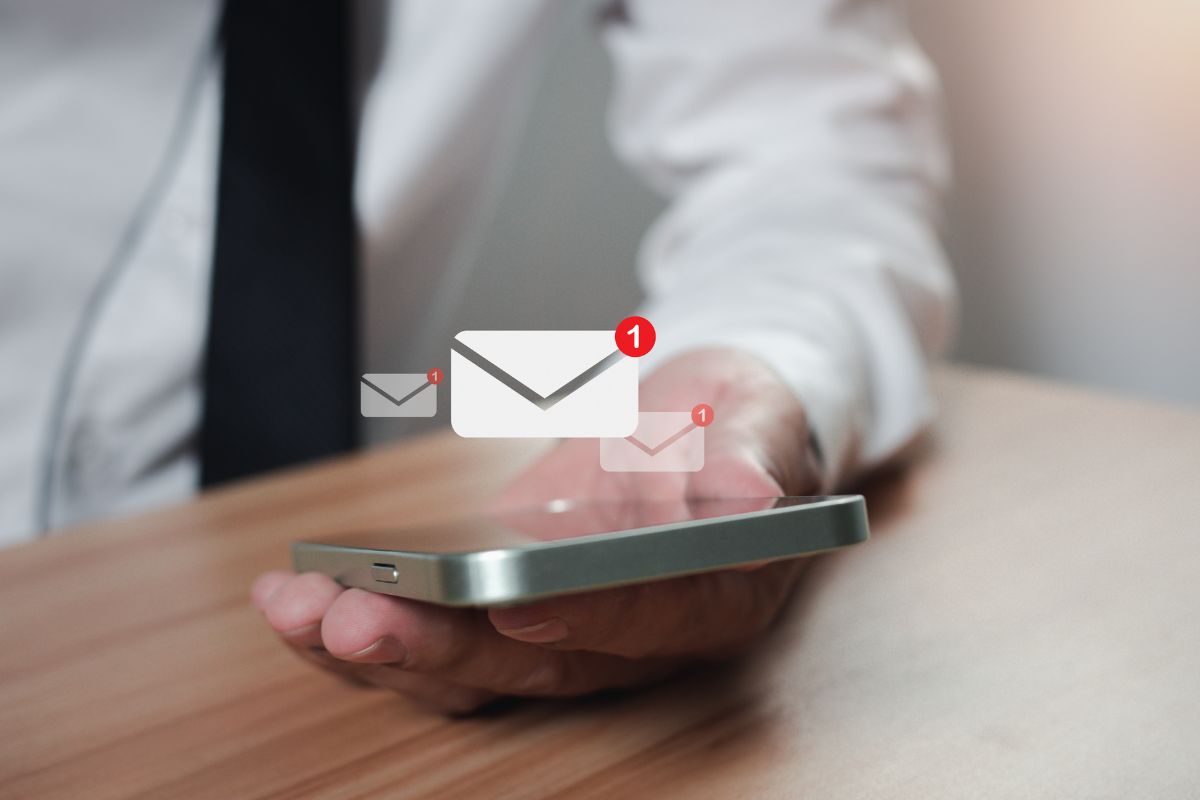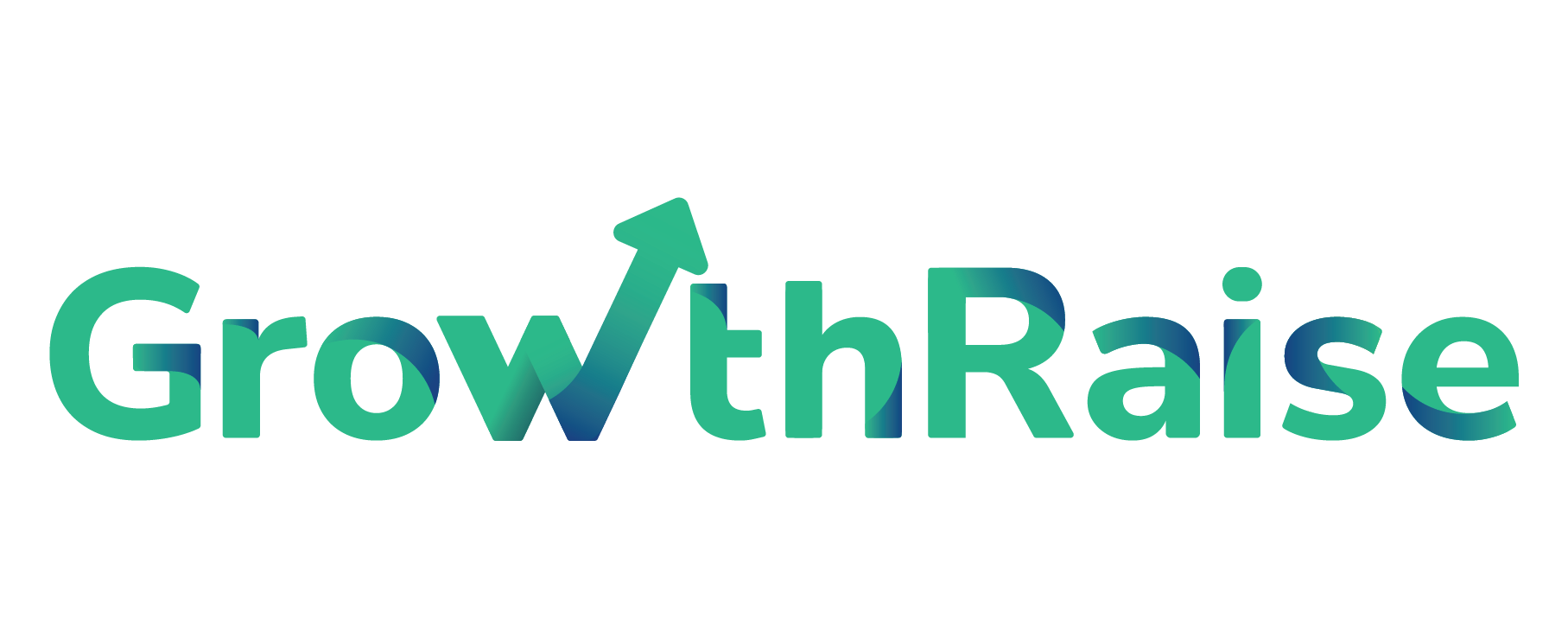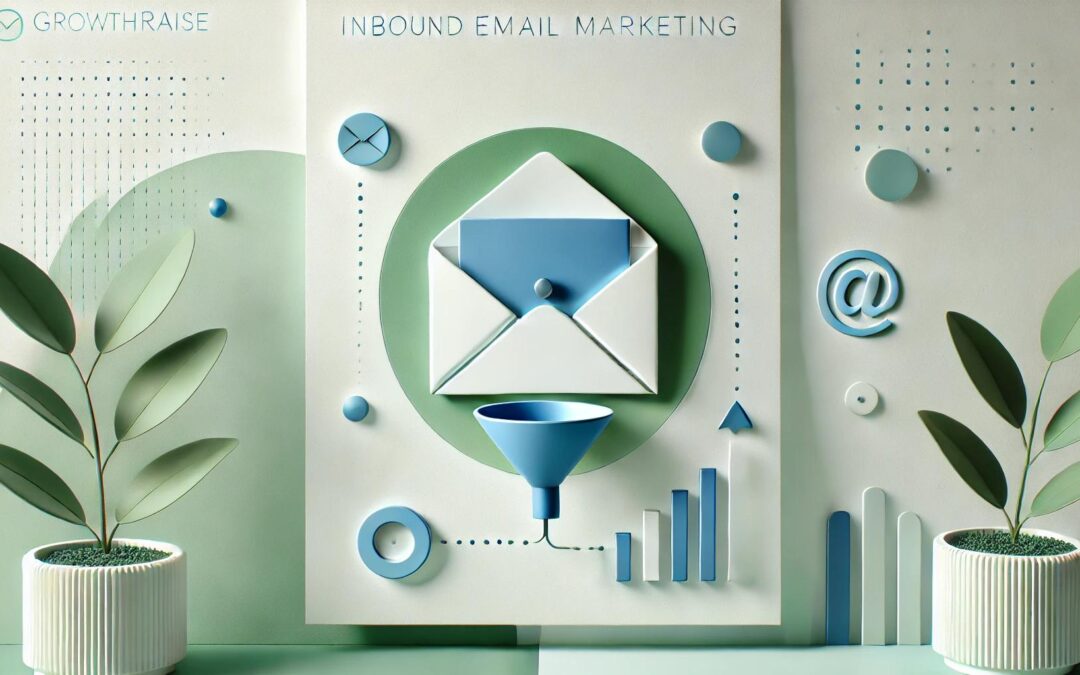Inbound Email Marketing 101
As a small business owner, finding effective ways to attract and retain customers is crucial, yet the vast array of marketing strategies can be overwhelming.
Email marketing is one of the marketing channels you can use that have stood the test of time. It is very versatile and is a highly effective way to nurture leads and keep your audience engaged.
In this article, we’ll walk you through the basics of inbound email marketing, compare it with outbound email marketing, highlight its benefits, and provide actionable steps to get started. By the end, you’ll have a solid understanding of whether inbound email marketing is worth pursuing for your business.

What Is Inbound Email Marketing?
Inbound email marketing is a targeted approach designed to generate and convert leads through valuable content. Unlike traditional marketing methods, it has some unique characteristics that make it an effective tool.
For example, inbound email marketing is permission-based, meaning that you only send emails to people who have agreed to receive them. Whether it’s through opting in for your newsletters or other forms of marketing communication, these people have consented to hearing more from you.
With inbound email marketing, the focus is on delivering useful, relevant content via email tailored to your audience’s needs and interests and building trust and long-lasting relationships.
In other words, it is about delivering the right message at the right time to the right person.
Common examples include newsletters, abandoned cart emails, and promotional emails.
What Is Outbound Email Marketing?
Outbound email marketing is a traditional marketing method that involves sending unsolicited emails to a large, often unsegmented audience.
For example, a B2B company might send a cold email to a list of contacts within the industry with an introduction to their product and a call to action, such as scheduling a demo or downloading a case study. This approach focuses on sparking interest and increasing brand awareness among people who haven’t encountered your business yet.
Usually, the primary goal of these emails is to directly promote products or services, paying little attention to the recipient’s specific needs or interests. Such emails are often short and direct, outlining the value proposition and the company’s offer.
Common examples of outbound email marketing include cold emails, mass promotional blasts, and newsletters sent to purchased email lists. While outbound marketing can reach a wide audience, it’s less personalized and often seen as intrusive, which can lead to lower engagement rates and a higher likelihood of being marked as spam.
Inbound Email Marketing vs. Outbound Email Marketing
The primary difference between inbound email marketing and outbound email marketing lies in the approach and the relationship with the audience. Inbound email marketing is permission-based and focused on delivering value, while outbound marketing is more about delivering a message to a much wider audience, often without their consent.
Key Differences:
Approach: Inbound is about attracting customers through valuable content, while outbound pushes messages to a broad audience.
Personalization: Inbound emails are highly personalized and relevant to the recipient, whereas outbound emails tend to be generic.
Effectiveness: Inbound marketing generally results in higher engagement rates, as recipients have already shown interest in your content by opting in. Outbound marketing can be effective in certain contexts but often suffers from low engagement and high unsubscribe rates.

Benefits of Inbound Email Marketing
Inbound email marketing has proven to be a valuable tool with its many benefits, especially for small businesses looking to build lasting relationships with their customers. It started gaining traction in the early 2000s and unlike many other digital marketing channels from the dawn of the Internet, it’s highly effective to this day. Let’s have a deeper look at what makes inbound email marketing worth trying today.
Increased Engagement with Your Brand
Inbound email marketing is all about providing valuable information, services and products to your subscribers, who on the other hand have already shown interest in your offerings. Tailoring your content to their needs and interests ensures that your recipients are more likely to open, read, and act on your emails.
More Focused Approach
When done right, inbound email marketing targets only the most suitable audiences, ensuring higher customer conversion rates compared to general-purpose marketing strategies, saving time and effort.
Let’s take an ecommerce business as an example. 48% of people abandon their carts during check out because of the high extra costs. By creating an abandoned cart email campaign with a special discount, you are much more likely to convert these leads into buying customers.
Cost-Effectiveness
Inbound marketing is much more cost-effective than outbound tactics. The return on investment (ROI) and the chances of conversion are higher, since you are targeting a list of people, who have shown an interest in your business.
Higher Lifetime Value
Addressing your audience’s interests and needs, you can foster a stronger connection with your customers (potential or current). This approach increases customer loyalty and shows that you are a brand that understands and caters to their interests. As a result, you are more likely to retain customers in the long run and generate more revenue from them in the long run.
Improved Brand Reputation
Outbound email is often perceived as intrusive and unwelcome, whereas with its inbound counterpart, you only contact people who have given their consent. This permission-based approach builds brand reputation and trust and keeps your business out of trouble.
Scalability
Inbound email marketing can easily scale as your business grows. Whether you’re reaching 100 or 10,000 subscribers, the principles of providing value and nurturing relationships remain the same. Automation tools can also help manage and optimize campaigns as your subscriber base expands.

How to Apply Inbound Email Marketing
There are a few essential steps to launching your first campaign that will make getting started with inbound email marketing less challenging.
Step 1: Define Your Goals
The first thing you need to know is what you aim to achieve with your inbound email marketing efforts. Set clear, measurable goals for your email marketing campaigns such as increasing website traffic, generating leads, or boosting sales.
Step 2: Build Your Audience
Inbound email marketing works best when you know your target audience. Who are your perfect customers and what do they need? Answering these questions is crucial for delivering targeted and personalized content to meet their needs.
After that, you can start building a quality email list by encouraging your website visitors to subscribe to your email list by offering valuable incentives or using opt-in forms that clearly explain what subscribers can expect to receive and how often.
Step 3: Develop Compelling Content Plan
Developing and delivering valuable content is the backbone of good inbound email marketing. Create engaging and relevant content that addresses the needs and interests of your audience. Your content plan should include targeted emails based on the recipient’s behavior and preferences for each stage of the buyer’s journey, such as welcome emails, discount campaigns, and post-purchase satisfaction surveys.
Step 4: Build Your First Campaign
Now that you’ve defined your goals, created your email list, and developed your content, it’s time to build your first campaign. Start by creating an email series that aligns with your objectives, and schedule them according to your audience’s preferences.
It can be as simple as a monthly newsletter for the entire audience or as complex as an automated drip campaign targeting a specific segment of your contact database.
Step 5: Track and Adjust
After you launch your first inbound email marketing campaign, monitor its performance through key performance metrics like open rates, click-through rates, and conversions. Also, be sure to keep an eye on the percent of people who unsubscribe from your mailing list after each message you send. This will help you gauge the relevancy of the content you’re serving. Using these insights you can adjust and refine your email marketing strategy accordingly and improve results.
Ready to Implement Inbound Email Marketing?
Inbound email marketing is a valuable and versatile marketing tool and offers many benefits, especially to small businesses looking for an effective way to attract and retain customers.
Unlike the traditional outbound email marketing, it’s a cost-effective tool and ensures you are targeting the right audience for you. This allows you to tailor your content to address their needs and interests and to build long-lasting relationships, making it easier to turn your leads into paying customers.
However, choosing and implementing your first inbound email campaign can be challenging. Our team of experienced inbound marketing consultants can help you get started or optimize your strategy.
Just drop us a line and we’ll find a simple solution to any complex marketing problem you’re having.
Curious to learn how we’ve helped other small businesses thrive through inbound email marketing? Check out our email marketing case study!

